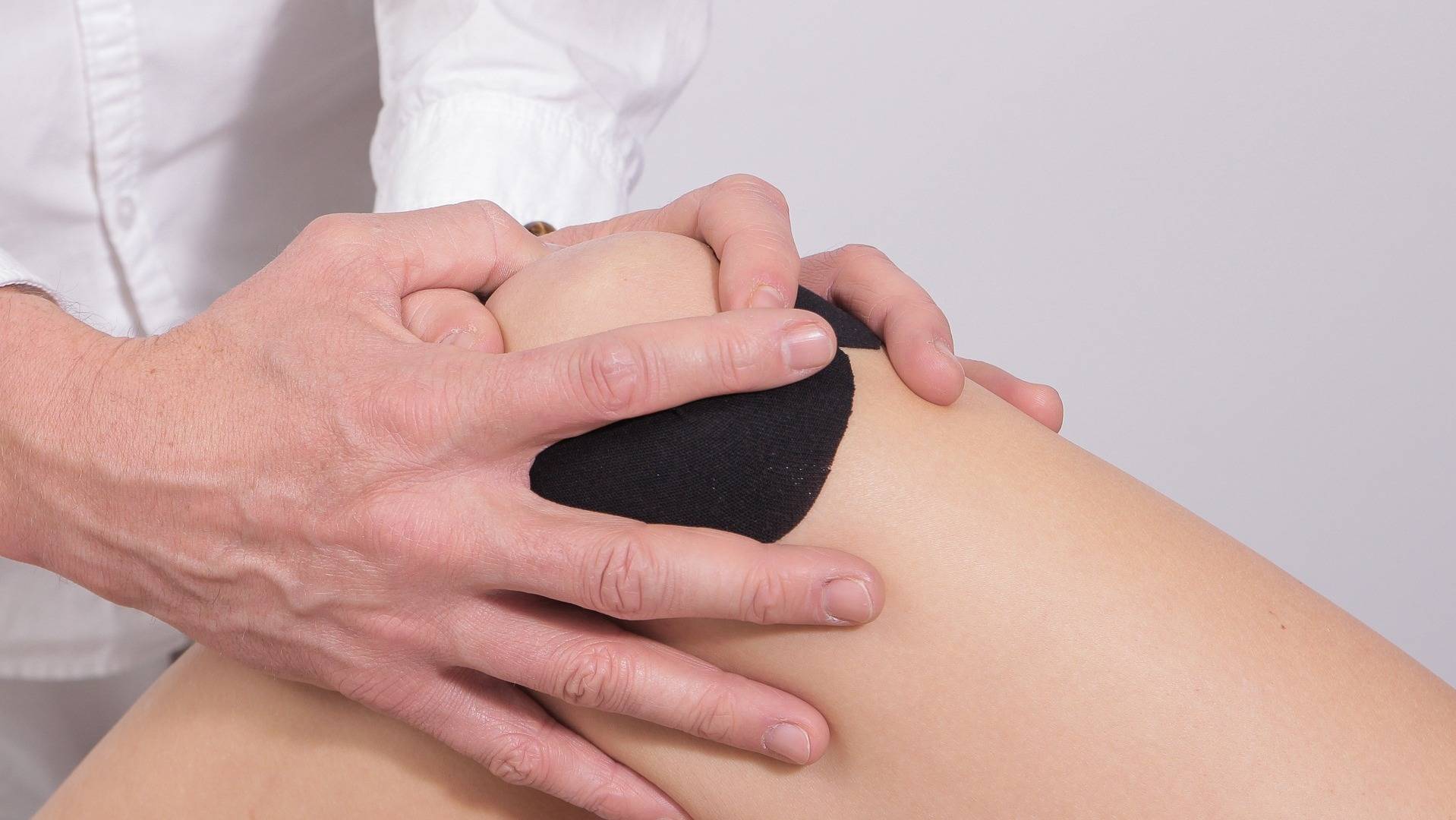Pain in the knee area is the most common reason for training breaks and visits to the sports doctor. Cartilage, muscle, tendons and bones form a wonderful compromise between stability, cushioning and mobility - but are also susceptible to overload and wear and tear. Especially in triathletes, the causes of pain are complex and not always obvious. In this article we will introduce you to the three most common knee problems, their causes, but also prevention and treatment options.
Knee pain is a fairly general term for a variety of possible injuries, overuse, and wear and tear. Due to the continuous, cyclic movements, we triathletes often have to struggle with symptoms of overload. It's not so much a question of broken bones or torn ligaments - as they so often occur in sports - but of gradual overuse of the soft structures such as ligaments, bursae and cartilage. We encounter three syndromes most frequently:
1) ITB Syndrome or "Runner's Knee"
With ITBS, the pain occurs primarily in the outer knee area, and swelling can also occur. The reason for the pain is the fiber train, which runs from the pelvis to the shinbone (iliotibial tract) and has to take a detour around the outside of the kneecap. It is irritated by constant friction - similar to a rope that rubs over an edge under high pressure. The higher the pressure, the greater the pain. At the same time, this fiber also puts a strain on a bursa and the periosteum on the thigh, which can become inflamed. The pain occurs not only with prolonged running, but also with walking and easy cycling.
2) Cartilage wear or runner's knee
The terms "runner's knee" and "runner's knee" are misleading. Translated, both mean the same thing, but they describe very different complaints in the respective language area. The "Runner's Knee" primarily describes the wear and tear of the cartilage in the knee. The pain occurs primarily on or under the kneecap and is often very severe after exertion. Climbing and walking down stairs is very painful. Sometimes even a disgusting crunch can be heard. This pain is triggered by the abnormal pressure of the kneecap on the cartilage, which becomes overloaded and degenerates.
3) Patellar tendon syndrome or "Jumper's Knee"
As the name suggests, "Jumper's Knee" occurs primarily in athletes who have to jump a lot. But if you run fast and a lot, you can also do a series of jumps. With Jumper's Knee, the pain occurs below the kneecap. The patellar tendon (patellar ligament) is overstressed and irritated. The pain is greatest when the joint is fully stretched. In the last stage of this irritation there is even a risk that the tendon will tear.
Causes of knee pain
The causes of knee pain are as diverse as the symptoms themselves. If the pain persists, a break is essential and it is advisable to see a doctor. When researching the causes, he can identify genetically determined problems or other illnesses and injuries (e.g. torn meniscus). If these can be ruled out, the "usual suspects" must be put to the test:
- Shoes,
- training volume and increase in load,
- sitting position on the bike,
- running technique,
- general athletics
- and muscular imbalances.
Very many symptoms of overload are related to these factors. It is true that beginners and women are more susceptible to cartilage problems, as are frequent trainers and overweight people to all kinds of overloads - but the wrong shoes and unthought-out training put everyone in the risk group.
A precise analysis of all factors can help. A physical therapist can use a muscle function test to identify muscular imbalances. An orthopaedist examines for any misalignments (bowlegs promote ITB syndrome, for example) and knows whether and which insoles are necessary. Athletic training should be part of every triathlon training session (exercises and information can be found at triathlon.de) and the sitting position on the bike should also be checked professionally.
treatment and return
The duration of the training break can vary greatly. It's often possible to continue with swim training and increase upper body strength training. The break from running is scheduled to last at least two weeks. The doctor may prescribe painkillers and anti-inflammatory ointments or medication and provide more detailed information on the break and further treatment. However, the break can be used sensibly with research and elimination of the causes.
The re-entry into running and cycling training should be done cautiously. True to the motto: the squirrel eats with difficulty, large volumes, large gears and track training are taboo. Especially when you want to break your old movement patterns and training habits - no matter how "bad" they were before - patience is required. If the pain occurs again, the training must be stopped immediately - do not run into the pain!
prevention
Triathlon training is often a tightrope walk between performance improvement and overload. We can increase our training quality and continuity if we take some of the valuable time for seemingly mundane and annoying things. Core stabilization and targeted stretching should be a regular part of the program. There should also be a program and the associated logging - more than 10% increase in load leads to problems in the long term. With the training records you can track which training you tolerated well and what caused problems. You can already put all of the above “usual suspects” to the test – this not only prevents overloading, but generally makes you more effective and faster.
Unleash your potential
Regardless of whether you are preparing for your first triathlon or you want to beat your personal best time: structured training and optimal coordination are the key to success! We raise your performance on the bike and while running to a new level!
Bike fitting: the optimal seating position!
Aeroscan diagnostics: train in a structured way!




















